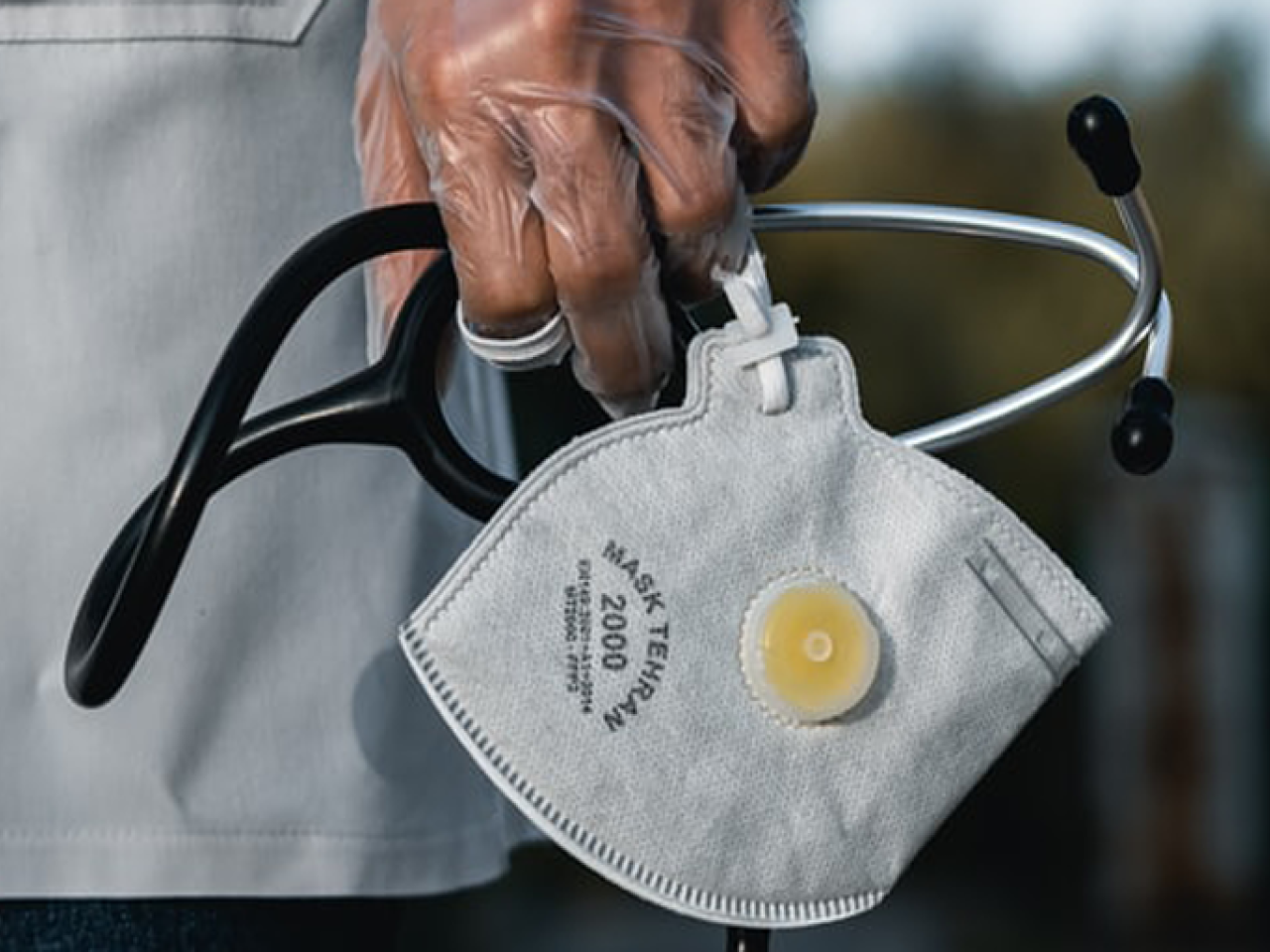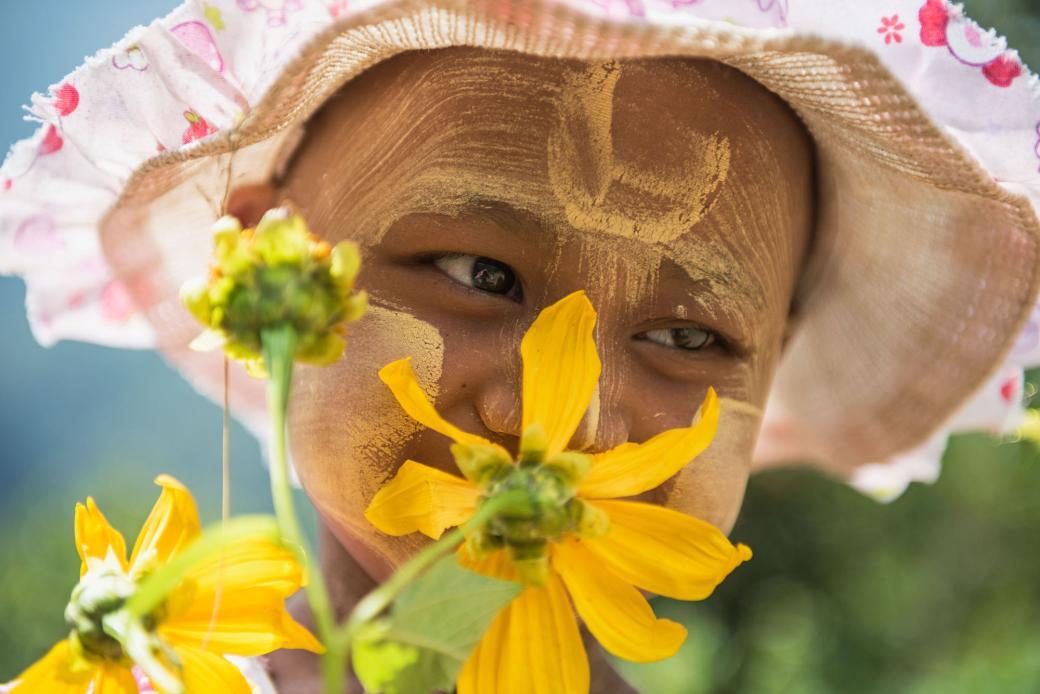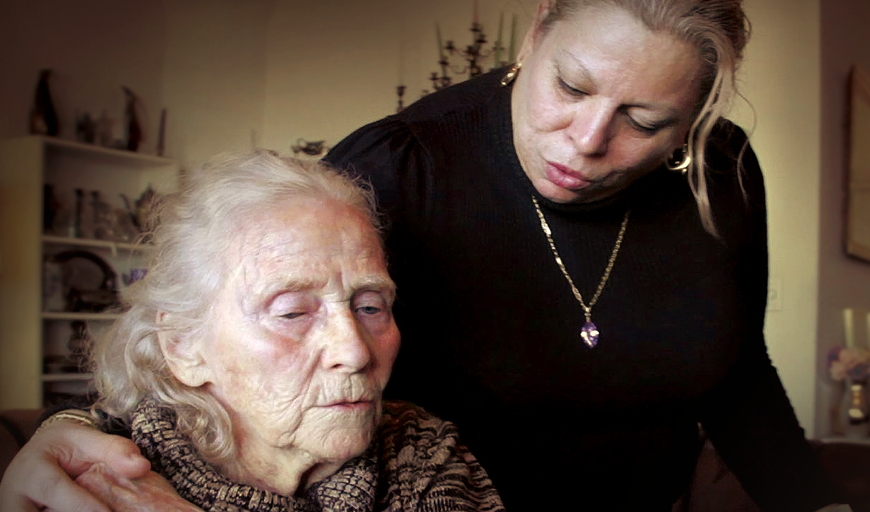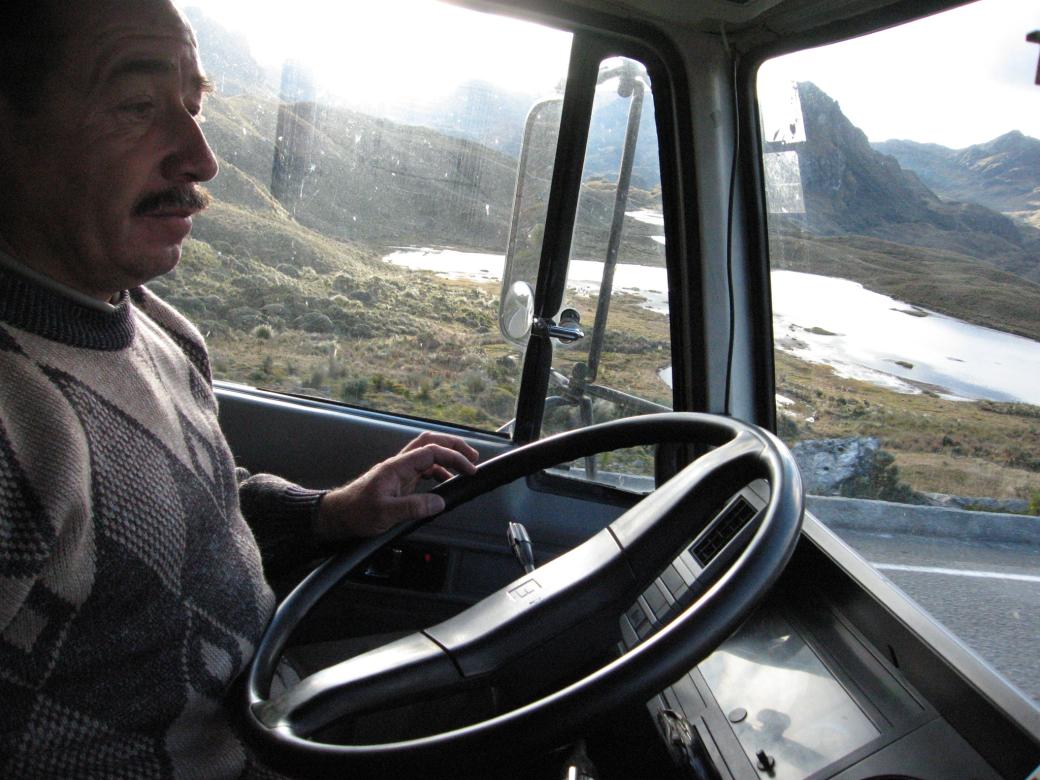Care for All: Films Promoting Health Equity

The elastic band from one of my many facemasks is finally stretched out beyond repair. After eighteen months of wearing this mask to protect myself and others from the COVID-19 virus, it is time to finally discard this faded and worn, but familiar accessory to my everyday wardrobe. I have been fully vaccinated for six months, and with the privilege of my expanded freedom comes the stark reality of the many who are not so fortunate.
During this pandemic, it often feels like time has slowed and amplified much of what has been present since the beginning of time. We have always lived in a world of haves and have-nots, but when the world suddenly stops and we are forced to reckon with global inequities, I cannot help but contemplate all the abundance of healthcare access available to me. I can easily discard my worn face mask because an endless supply is just an online order away. Getting an appointment for the COVID-19 vaccination took a few effortless taps on my phone.
I am among the fortunate who can access amazing healthcare with ridiculous ease. However, as much as I can marvel at all the care that is available to me, I am equally dismayed by all who are suffering today from limited to no access to the most basic care.

In Myanmar, Shein, a beautiful six-year-old little girl, waits patiently for a doctor to examine her cancerous, swollen eye. Her family has traveled for two days by bus to reach the nearest medical facility which could treat her condition. Shein’s condition would be over 95% curable in the United States, but in Myanmar, with less than five pediatric oncologists in the entire country and many families living in remote, impoverished areas, she faces incredibly daunting obstacles to recovery. In How I Live, filmmaker Meghan Shea intimately captures the life and death struggles of child cancer patients from disparate corners of the globe where many face a tragically low survival rate.

In Staten Island, New York, Dolores, a fierce, independent 93-year-old struggles to perform basic daily tasks. Her only option to live out her twilight years at home is the care provided by Vilma, an immigrant widower from Costa Rica. Both are part of an unprepared system that leaves workers earning poverty wages and families struggling to pay for the care they need. In Care, Director Deirdre L. Fishel and Producer Tony Heriza pull back the curtain on the largely hidden world of in-home elder care. While 90% of Americans want to age at home, Care reveals the inequities that persist in a system that is poorly serving both elders and caregivers.

In Ecuador, nearly 5 million people live in remote areas with little to no access to basic healthcare. With limited resources and poor infrastructure, treating serious illness is a daunting prospect for Ecuadorians who do not have the means to make the multi-day journey to the nearest hospitals. Since 1994, Dr. Edgar Rodas has offered a visionary approach by bringing mobile hospital services to the people. Traveling through mountain counties to deep into the Amazon jungle, Dr. Rodas treats patients in a mobile surgery truck. In The Most Distant Places, filmmaker Mike Seely captures the travels of Dr. Rodas and his team, which sheds light on an effective model that can be replicated in other developing countries.
Educators have an opportunity to expand the minds of their students to these inequities and many other critical care topics by taking advantage of New Day’s expansive collection of films on health-related subjects. New Day Films can plant the seeds of ingenuity to make progress towards health and well-being equity across the globe.